Last Updated on November 28, 2022
Facts About Ancient Egyptians That European Colonialism Has Misconstrued
It’s no secret that Europe contributed significantly to Africa’s underdevelopment. And while it’s been ages since colonialism ended, the impact of centuries of oppression lingers in the air like the morning mist. One of the biggest impacts that European dominance has had on the continent is our history. Historical accounts have been tampered with significantly in so many ways. The extent of slavery has been downplayed. African heroes have been overlooked, European oppressors have been refurbished as heroes, and our culture has been reduced to shreds. While these impacts cut across all African states, the true representation of facts about ancient Egyptians has been misconstrued.
Some of the oldest civilizations in the world can be traced to Egypt. But regrettably, the majority of books, documentaries, historical accounts, and even movies have failed to do justice to the achievements of certain famous African inventors, frontrunners, and advanced societies like ancient Egypt.
Most times, the extent of development in ancient Egypt is underplayed while certain figures aren’t acknowledged. Whether this is because they’re Africans or not, we’ll never know. But we should know the real facts about ancient Egypt.
From biblical stories to lost historical accounts, it’s clear that Egypt was once a world powerhouse. Even more powerful than the books tell us.
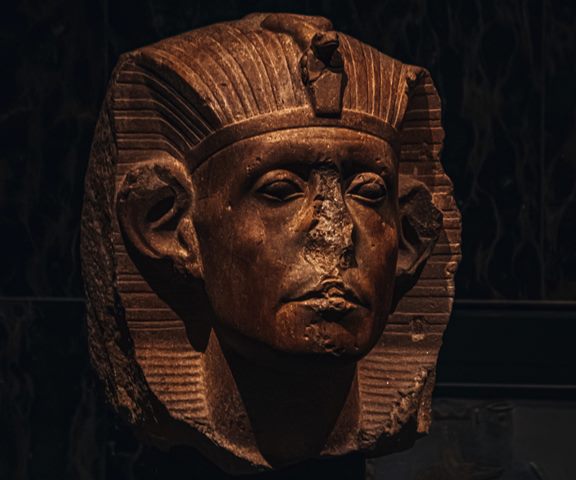
A Brief Introduction to Ancient Egyptian Civilization
The Ancient Egyptian civilization stood in the Nile Valley in northeastern Africa. According to conventional Egyptian chronology, ancient Egyptian civilization developed after prehistoric Egypt. It came to a head approximately 3100 BC with Menes’ political unification of Upper and Lower Egypt.
Ancient Egypt’s history can be divided into three distinct kingdoms: the Old Kingdom of the Early Bronze Age, the Middle Kingdom of the Middle Bronze Age, and the New Kingdom of the Late Bronze Age. These stable kingdoms were interspersed with periods of relative instability known as Intermediate Periods.
Ancient Egypt went through diverse phases under various rulers, and this includes the reign of Cleopatra, which saw the fall of Egypt to the Roman Empire and became a Roman Province. Through all of these, a lot of good still came out of Egypt that serves its purpose to date.
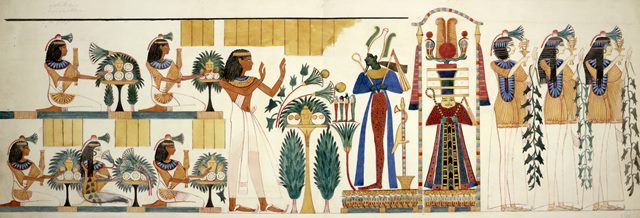
What You May Not Have Heard About Ancient Egyptians
Long before there was anything like Europe, non-Africans have tried to meddle with our history. For most people, the first thing that comes to mind when they hear Egypt is the Great Pyramid of Giza. Some of us have read about it – but the structure’s existence is an architectural wonder. Ever wondered why it hasn’t been successfully replicated anywhere in the world yet? The ancient Egyptians were ahead of their time in many ways.
Let’s look at a few things about them that you may not have read in the history books:
Ancient Egyptians Were Black
First of all, the ancient Egyptians were black. Ancient Egyptians also painted themselves as dark or brown-skinned people. Western propaganda has led many people to believe ancient Egyptians were white. In fact, in some Hollywood movies, ancient Egyptians are played by Whites. For example, Cleopatra has been played by five different women over the years, and they have all been Caucasian women. American actor Charlton Heston also played Moses in the movie Ten Commandments.
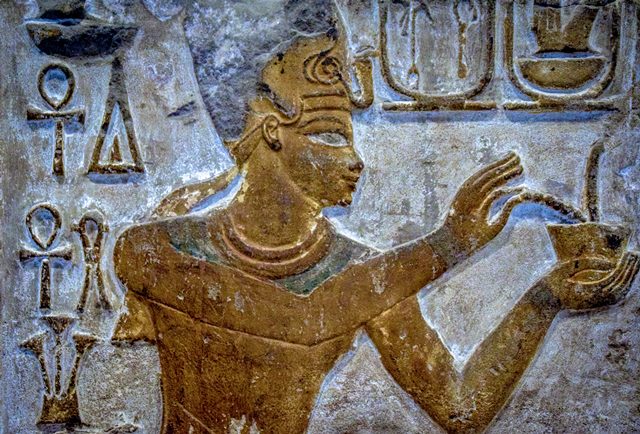
The conquests of the Macedonians, Romans, and Arabs displaced a decent percentage. However, studies have shown that almost 70% of the current Egyptians are native North Africans. About 17% are Arabs, and 4% have Jewish ancestry. The rest is shared between East Africa, Asia, and South European (only 3%).
Gender Equality Started in Ancient Egypt
Egyptian women were highly independent in terms of law and finances. They had the legal authority to form wills, acquire and sell property, participate on juries, and even sign contracts.
In Egypt, women rarely had employment outside the home, but those who did were normally paid equally to males for the same labor. In contrast to ancient Greek women, who were essentially owned by their husbands, Egyptian women also had the option to get a divorce and remarry.
Ancient Egyptians Started Prenuptial
There are reports of pre-marital agreements being negotiated by Egyptian couples. Today, these agreements are called prenuptial. These agreements specified all the assets and wealth the woman had brought into the union and promised to pay her for them in the event of a divorce.
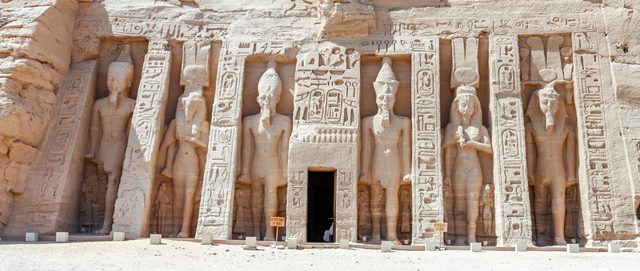
Ancient Egyptian Physicians Had Specializations
Although an ancient doctor was typically considered a master of all trades, evidence suggests that Egyptian physicians occasionally concentrated on treating just one area of the human body.
The explorer and historian Herodotus first recorded this early type of medical specialization in 450 B.C.
According to him, “Each physician is a healer of one disease and no more…some of the eye, some of the teeth, some of what pertains to the belly.”
Even their names were specific to these experts. For instance, proctologists were referred to as “shepherds of the anus,” while dentists were referred to as “doctors of the tooth.”
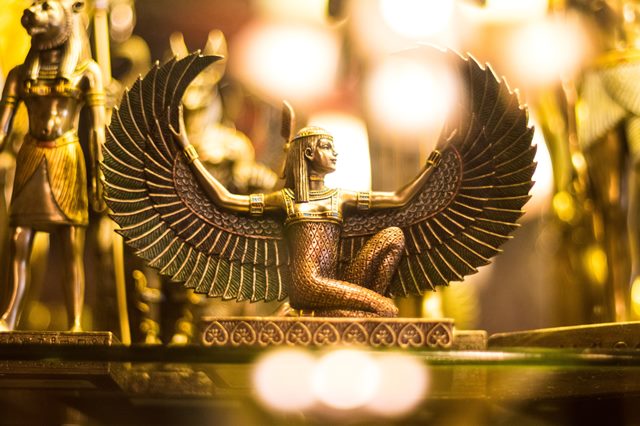
That’s not all.
How about the pyramids of Giza. While they’re magnificent, some facts about them aren’t popular.
We’ll only touch on a few, but you can read the full article on what makes the great pyramid of Giza special.
The Pyramid of Giza
The Great Pyramid of Giza is the largest pyramid in Egypt and houses Khufu’s tomb from the Fourth Dynasty. The pyramid is the oldest of the Seven Wonders of the Ancient World. It was constructed in the early 26th century BC over a period of around 27 years. It is situated alongside modern-day Giza in Greater Cairo, Egypt, and is a part of the Giza pyramid complex.
What Has Been Misconstrued About the Pyramid
First, a Greek man tried to meddle with the historical account of the pyramid’s construction. And that story has survived to this day. It is believed that the Greek historian Herodotus started the rumor that slaves built the Great Pyramid of Giza. He allegedly went to the Great Pyramid’s location in 450 BC, and after hearing tales from fictitious priests, he started claiming that slaves were employed in the pyramid’s construction. However, all available evidence proves that the pyramid was built by trained and well-fed laborers. In many sections today, this story has been used to portray ancient Egyptians and Africans generally as barbaric.
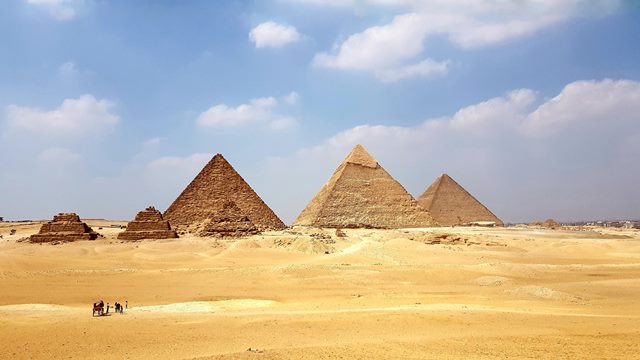
Although the Great Pyramid is often used to refer to all of the Pyramids of Giza, there is actually only one Great Pyramid. It is also known as the Pyramid of Cheops, the Great Pyramid of Giza, or the Pyramid of Khufu. The Great Pyramid of Giza is the largest of the three principal pyramids in the Giza Necropolis. Additionally, it is the only one of the Seven Wonders of the Ancient World that has survived to this day.
The Pyramids of Giza Are Close to the City
For many people, one of the most unexpected things about the Pyramids of Giza is that they are not situated in the middle of a desert. The pyramids appear to be in an isolated, sand-covered terrain in the majority of photographs.
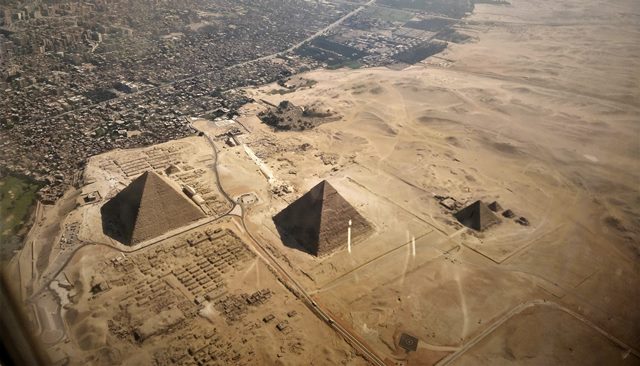
They are, however, actually fairly close to civilization and at the border of the desert. Most of the pyramids are located close to the city of Giza, directly adjacent to contemporary structures, hotels, and dining establishments.
Did You Know the Great Pyramid of Giza Is Also a Sundial?
We are aware that three Pharaohs used the pyramids as royal tombs as they prepared to become gods in the afterlife. However, the Great Pyramid of Giza also functions as a massive sundial. This amazing building was created with such brilliance that it keeps time. Yes. The hour is indicated by the shadows cast on the engraved marks in the stone. Additionally, the pyramid may indicate changing of the seasons and the position of the sun, which the ancient Egyptians used to identify the solar year.
Although it is commonly believed that the Giza pyramid has four sides, it actually has eight. This unique feature, which is the only eight-sided Egyptian pyramid, can only be observed from the air at sunrise or sunset on the spring and fall equinoxes. This is when the Great Pyramid’s eight sides are visible due to the sun’s shadows.
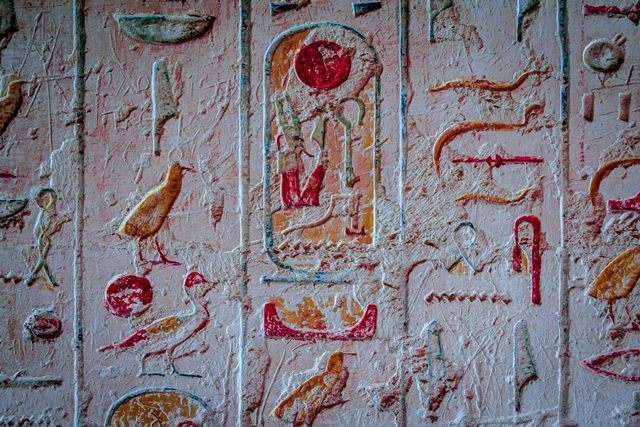
Ancient Egyptians Were One of the First Societies to Domesticate Wild Animals
In Egypt, animals were considered manifestations of the gods. Cats, which were associated with the goddess Bastet, were particularly loved by the Egyptians. However, they also held hawks, ibises, dogs, lions, and baboons in high regard. Many of these animals occupied a unique position in Egyptian homes, and they were frequently mummified and buried with their owners once they passed away. To serve as assistance animals, some other animals underwent special training. For instance, Egyptian police personnel was known to patrol with dogs and even trained monkeys.
How Egypt Was Founded
Ancient Egypt was not founded in the South as many historical accounts claim. However, Qustul in Lower Nubia was the site of the first state to be established in the Nile Valley. Before the first Scorpion King of Hierakonpolis, there were around 12 Pharaohnic monarchs in Qustul. This is based on archaeological discoveries.
Before you go…
Hey, thank you for reading this blog to the end. I hope it was helpful. Let me tell you a little bit about Nicholas Idoko Technologies. We help businesses and companies build an online presence by developing web, mobile, desktop, and blockchain applications.
As a company, we work with your budget in developing your ideas and projects beautifully and elegantly. We also participate in the growth of your business. We do a lot of freelance work in various sectors such as blockchain, booking, e-commerce, education, online games, voting, and payments. Our ability to provide the needed resources to help clients develop their software packages for their targeted audience on schedule is unmatched.
Be sure to contact us if you need our services! We are readily available.











